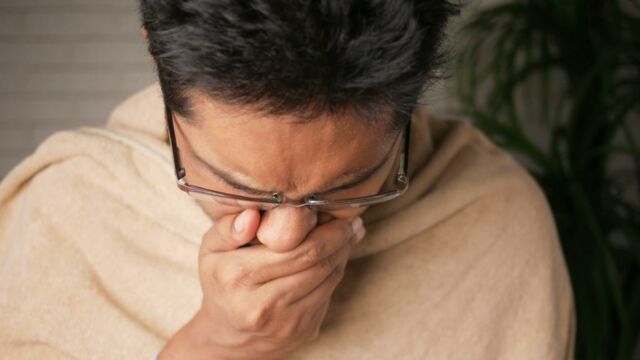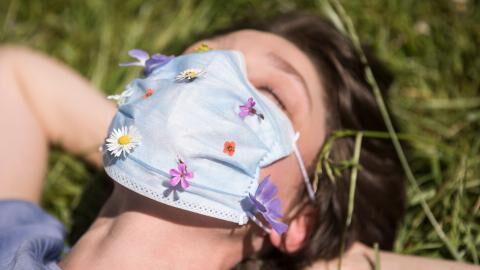As we enter spring all those who suffer from hay fever will start experiencing stuffy noses and so on. The issue is that we are currently living in a pandemic, making it difficult to tell the difference between allergies and COVID. However, there is one major difference between the two that will immediately tell you if it’s COVID or hay fever.
Discover our latest podcast
COVID symptoms
The main symptoms to look out for COVID-19 are:
- High temperature
- Continuous cough
- Loss or change of sense of smell and taste
Depending on the strain of COVID and whether or not you are vaccinated you can also experience the following symptoms:
- Fatigue
- Body aches
- Headaches
- Sneezing
- Sore through
- Mild cough
- Nasal congestion

Hay fever symptoms
Hay fever is essentially an allergy to pollen so your symptoms can vary on where you are and the time of year it is. Main symptoms include:
- Sneezing and coughing
- Runny or blocked nose
- Itchy, red or watery eyes
- Itchy throat, mouth, nose and ears
- Loss of smell
- Pain around your temples and forehead
Read more:
⋙ COVID: What's the difference between Stealth Omicron and Deltacron?
⋙ Mucous colour: Here's what it says about your health
⋙ Common cold: 3 natural remedies that will help you fight the illness
The major difference between hay fever and COVID
As you can see there are quite a few similarities between COVID and hay fever. But don’t worry there is a way to tell the difference between the two. To know if it’s COVID or just hay fever, you need to pay attention to the pattern of your symptoms.
- For COVID your symptoms will be continuous and you’ll feel worse before you feel better.
- For hay fever, your symptoms come and go over several days usually and can often easily be relieved thanks to antihistamines.
So as you can see, the pattern for COVID symptoms is that they are continuous and don’t go away and will generally make you feel lethargic and horrible. Hay fever symptom patterns are more variable, they won’t be present the whole time and may even disappear as the day goes on if you’ve moved from a highly pollinated area.
However, if you aren’t sure, you can still go and get tested for COVID thanks to lateral flow tests that are still available until the end of the month. You can also choose to isolate yourself if you are unsure to see how your symptoms evolve.















